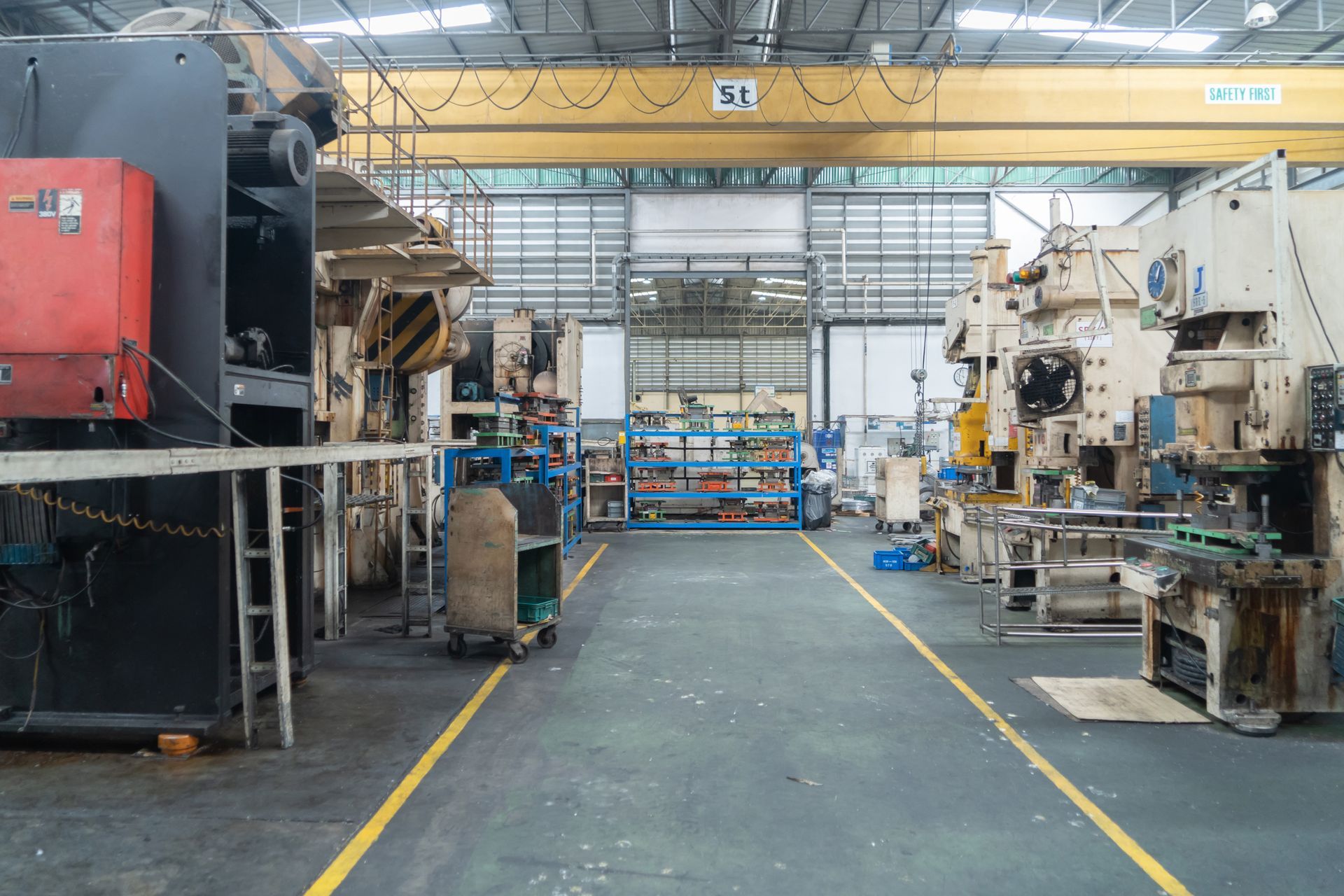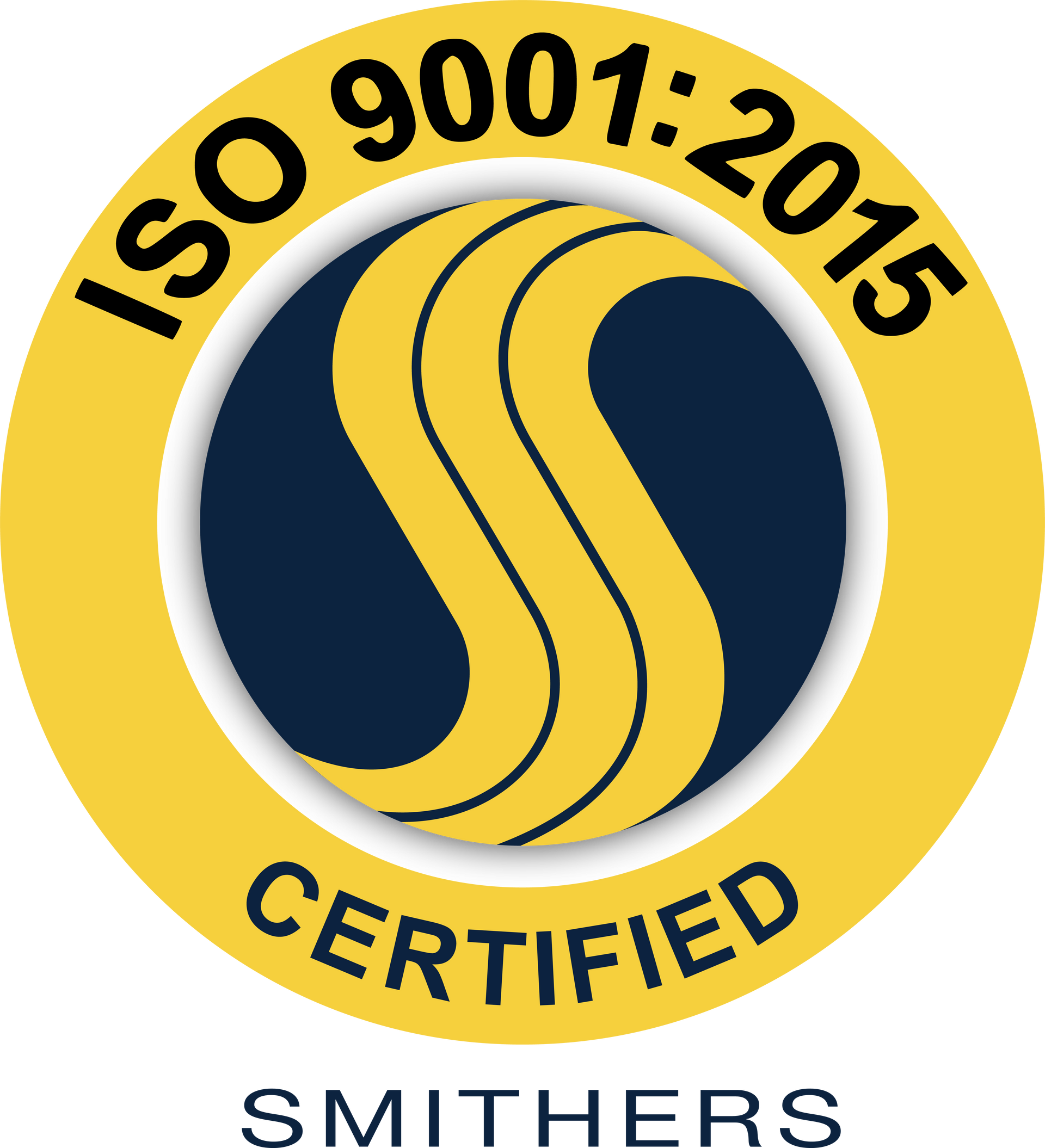Understanding Silicone & Rubber Extrusion Tolerances
ELBEX has the ability to utilize several different materials in order to create custom extrusions for our customers. Rubber and silicone are two commonly used materials in the industry. But both materials have unique qualities which make them better in certain circumstances.
Tolerances of Rubber and Silicone
Understanding potential issues in your materials before production will save time, money, and frustration. Factors such as molding techniques and the geometry of a compound can greatly affect the tolerances of rubber and silicone.
This is why it is critical to vet your manufacturer because their process can alter the tolerances of an extrusion. A full list of documents detailing the tolerances of rubber and silicone extrusions is available on our website. Please feel free to contact us with questions regarding tolerances and in order for us to provide a custom extrusion that’s right for you.
Select the Right Mix
ELBEX offers extrusions made from rubber, silicone, EPDM, polyisoprene, neoprene, nitrile, butyl, and SBR.
Each one of these elastomers offer different qualities that makes them effective in certain environments or applications. Silicone for example is highly durable and more environmentally friendly than plastic. Plus it can withstand wide temperature fluctuations without cracking, melting, or becoming compromised.
Once we have helped develop a custom extrusion for you, using the best materials for your application, our team can help monitor the performance of our products and make improvements.
At ELBEX, you can trust our knowledge and experience manufacturing quality extrusions will give you the best products on the market. Contact us today.






